Think about the last time a student in your class did something completely ridiculous. Now, think about the last time YOU did something completely ridiculous. Whenever these moments come up, the common question we love to ask is, “what were you thinking?” And if we are being honest, the answer is typically, “I wasn’t.” As educators, decision-making is a nonstop process. Our students’ worlds move at an even faster pace. But what if there was an easy-to-use daily instructional practice that built the muscle memory students need to stop and think? This is where “press pause” can be an extremely useful tool for educators.
What does it mean to Press Pause?
Pressing pause is an intentional moment during a lesson where the instructor presents the class with a very brief headline, paragraph, or picture. Thinkers are asked to pause and do the following:
- Share Gut Reactions. Everyone experiences gut reactions to new information. Judges, juries, and even lawyers have gut reactions. Gut reactions are normal. Mature critical thinkers recognize their gut reactions. Explicitly asking thinkers to identify and name their gut reactions helps thinkers develop the habit of pressing pause and consider what they need to turn their gut reaction into an informed opinion.
- Start Asking Questions. We want our students (and our social media friends) to make the move from a gut reaction to an informed opinion. The second step after identifying a gut reaction is asking questions. What don’t thinkers know? What do they want to know? Why is that information important? Who knows the answers to these questions? Why are those experts trustworthy?
This Strategy Can Be Used with Any Content
Pressing pause is curriculum agnostic. Should the colonies have rebelled? Should urban coyotes be killed? Did Scar have a point in the Lion King? Are plastic toothbrushes sticking out of the ground art? Is hosting the Olympics a bad deal?
Most likely thinkers have not done extensive research on any of these topics, but that does not mean they do not have an opinion! Opening a lesson with a moment for thinkers to share their gut reactions creates a low floor entry to any topic.
Three Reasons to Start Pressing Pause Today
- This is a vital real-world skill. We want our thinkers to use this approach in their everyday lives. What should they do when they hear a headline? What should they do when they hear gossip in the hall? When thinkers experience a gut reaction in real time, we want them to press pause and consider what they need to know and where they can find that information.
- Gut feelings are a way to leverage our students’ identity, experiences, values, education in school, and education out of school. The gold standard in education is when a lesson can create a personal connection to students’ lives. You do not have to brainstorm the connection. Asking for gut reactions allows them to share their connections.
- Pressing pause and asking for gut reactions creates a culture in your classroom where thinkers are safe not knowing the “correct” answer. Too often in our classrooms students are terrified to share a response that might be wrong. We give our thinkers permission to exist in a space of not knowing.
Pressing pause is a strategy that requires little to no preparation but yields powerful results! Let us know how you took time to press pause with your class on our social channels.
Be sure to join us on Twitter (@thinklawus), Facebook (@thinklawus) and our Tangible Equity private community for more “press pause” conversations and resources!
LIKE WHAT YOU SEE HERE? DIG DEEPER WITH US BY:
>> Connecting With Us On Twitter, Facebook, LinkedIn & Instagram
>> Joining Our Exclusive Facebook™ Group
>> Getting A Copy of Colin Seale’s Best- Selling Book, Thinking Like A Lawyer
>> Ordering Colin Seale’s Newest Book, Tangible Equity
>> Joining the Raising Critical Thinkers program, exclusively for parents
>> Requesting A Custom Quote For Your Needs
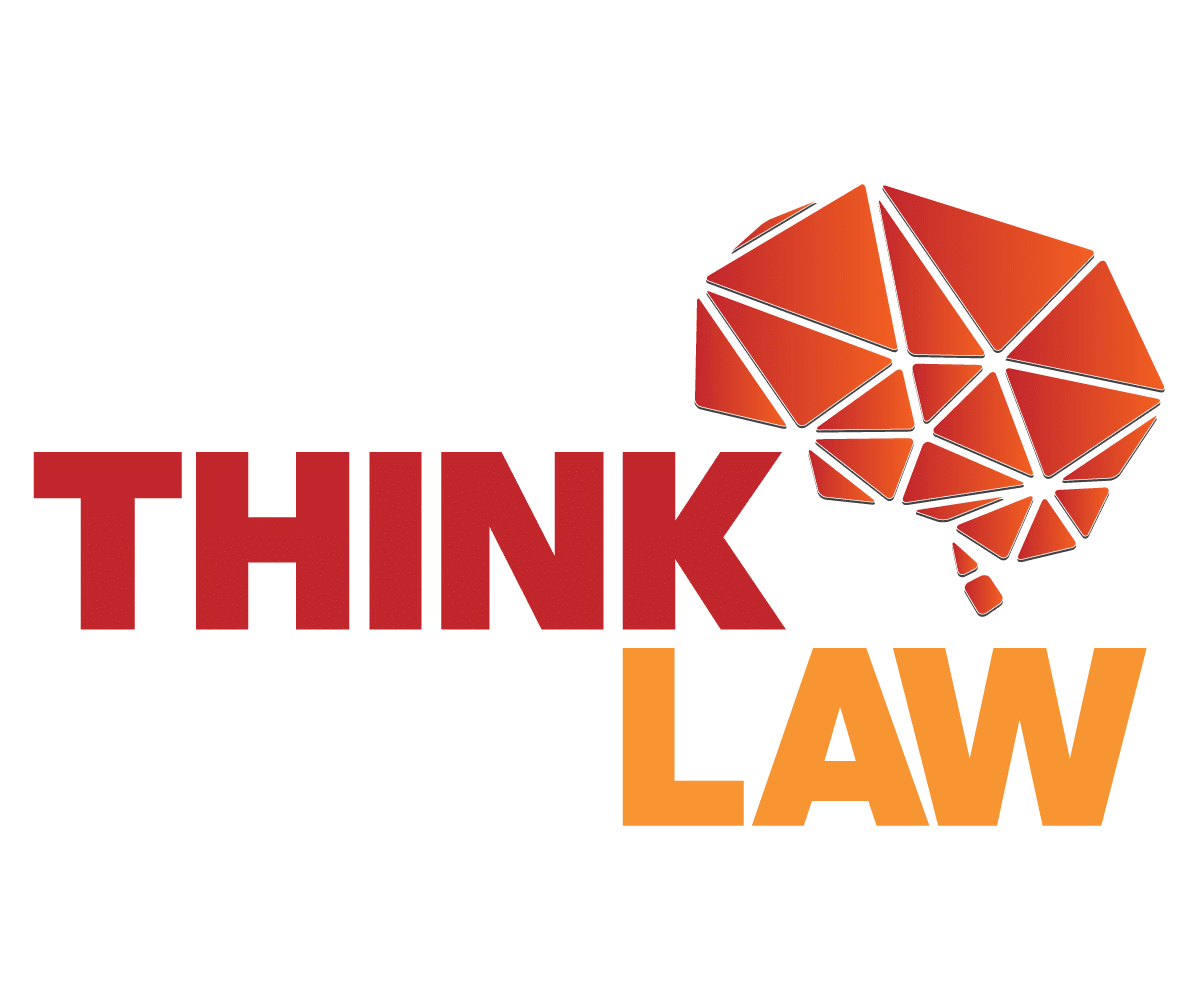

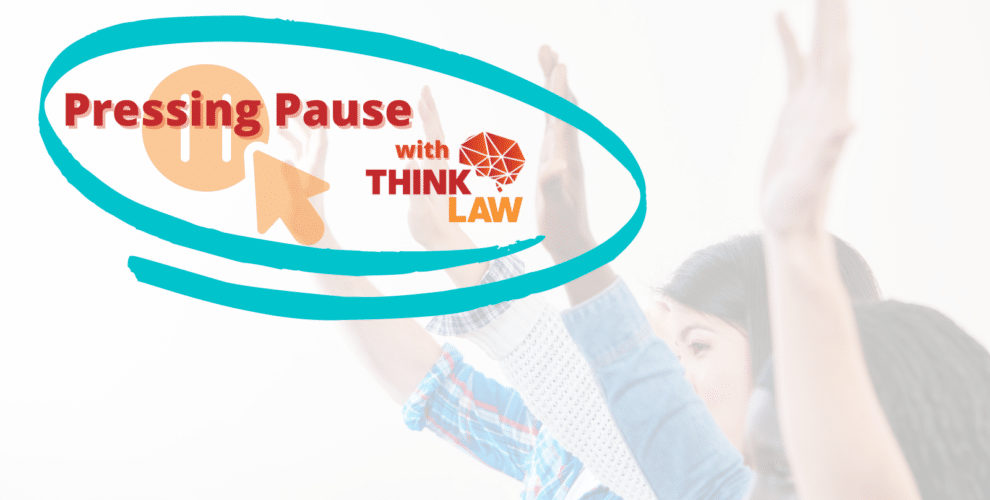

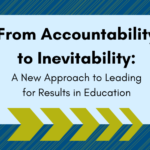

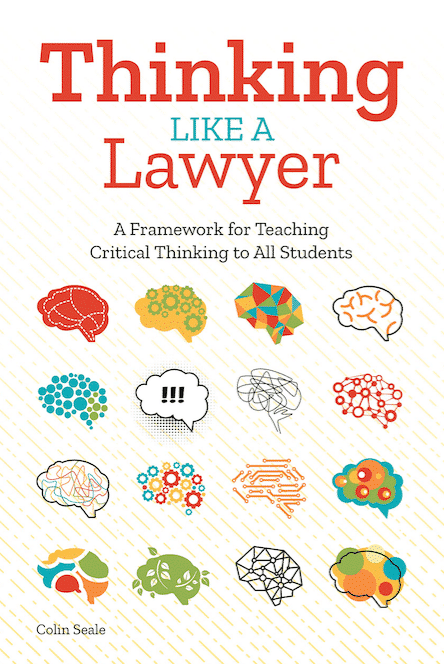
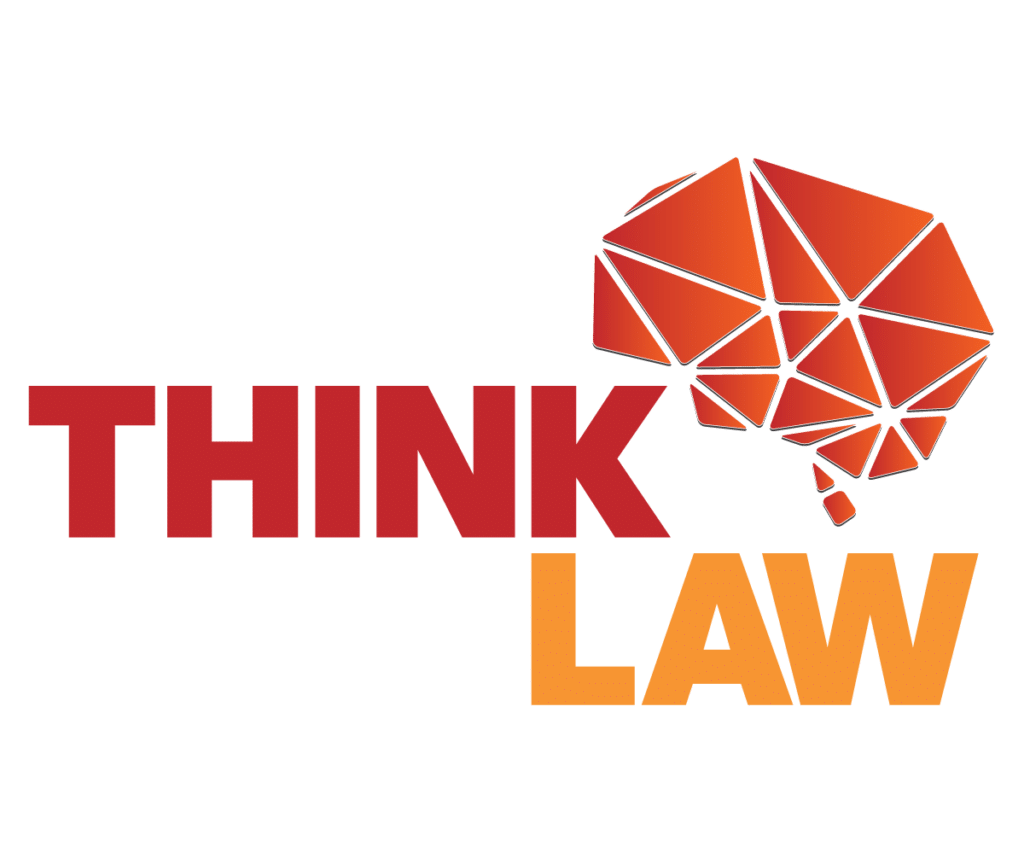
Leave a Reply